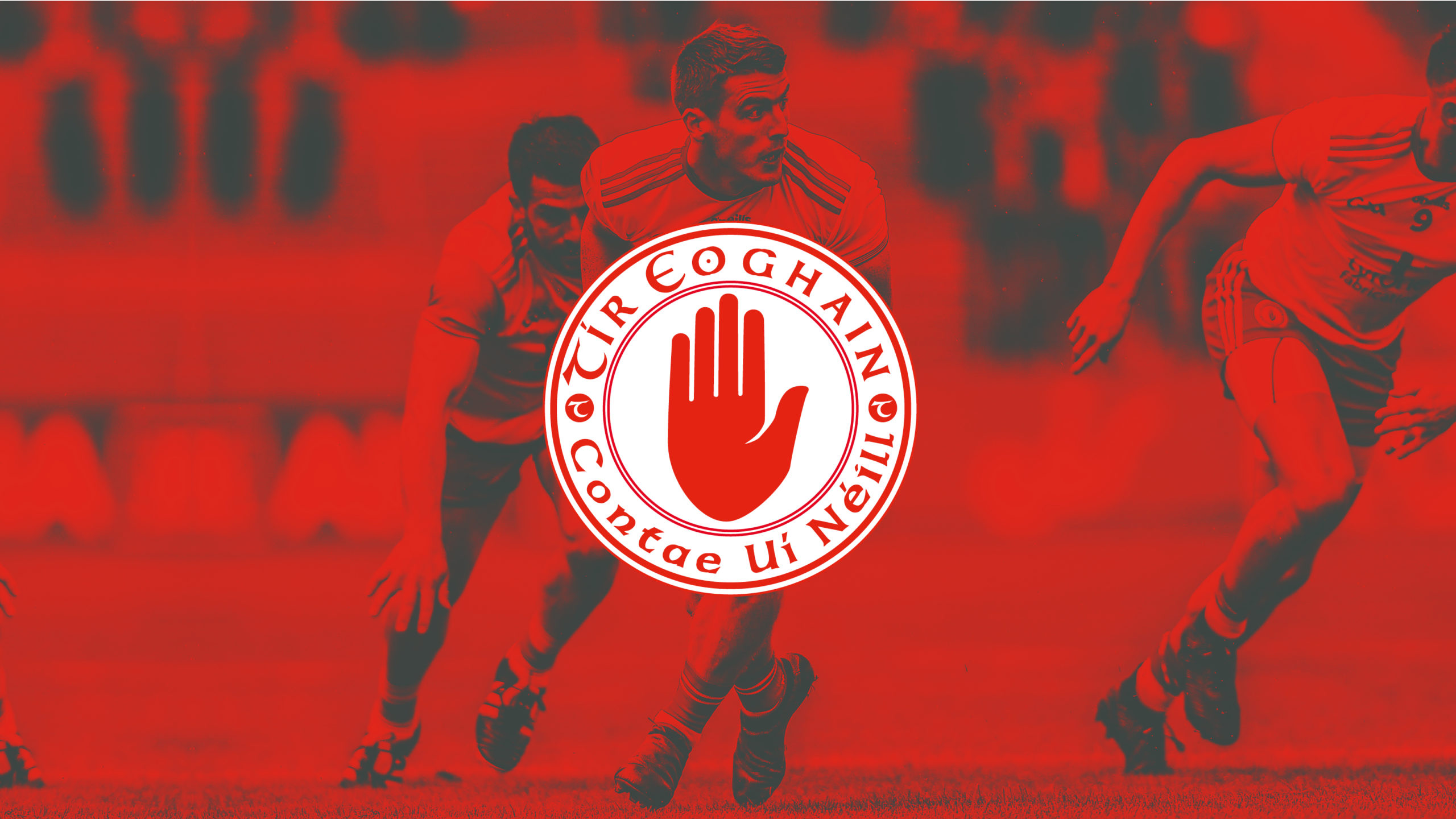Blue Plastic Folder to LD2.com

A bit of a giveaway on my age, but I come from the plastic and leather portfolio age. Worse than that, in my first job I had to typeset by hand and eye and quickly learned the importance of proofing correctly. If you made a typo, it was a very costly mistake in terms of time and money; in fact it wasn’t even a typo as you couldn’t even type. You young designers don’t know you’re living!
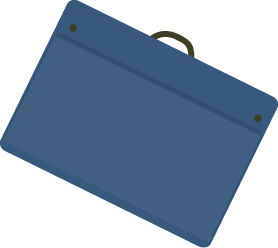
At A-Level and then onto art college, the big blue plastic folder was an essential part of kit, filled to busting point with sheets galore, materials and god knows what else! You certainly couldn’t blend in to the crowd, you were officially an arty farty. I don’t think it really cost me a thought at the time, although I had to give out a few apologies on Great Victoria street when the mix of wind and A1 sheets of plastic didn’t mix well – I just had to follow or the attempt to get on the packed Friday afternoon bus to Omagh would also have been a challenge. Everyone loved to see the art students getting on board! Thankfully as the years passed, from Foundation to HND and then degree course, the folder got smaller and you progressed to faux leather. You could nearly tell the course you were doing from the folder, blue plastic – Foundation Art, A1 leather – Fine Art or Fashion Degree, A2 leather – Second Year Design, A3 leather – Final Year Design. You had really made it when you progressed to A3 leather!
Laugh as you might but designers of a certain vintage will be in agreement here; that folder was all about you as a designer. Everyone had the college project samples, like an airline re-brand for example, but the holy grail was a real live printed job. These were few and far between, who really in their right mind was going to trust a student designer with a real printed job! There was no such thing as digital print then, no pdfs, you were very very lucky to get a colour A3 print out. Real print cost real money and back then print was very expensive.
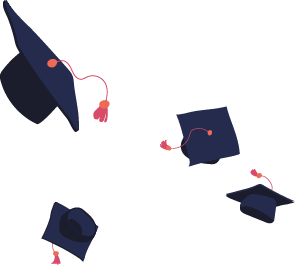
If you were lucky enough to graduate it was this black folder that could decide your future. You began the process of trying to get the foot in the door of any design agency and the rejigging of the plastic sleeves started in earnest. For anyone not familiar with these design folders, they opened like a book and metal rings in the inside that held separate plastic sleeves, you could fit your work into these, front and back. The biggest nuisance was that sometimes the plastic holes on the sleeve busted, you couldn’t go to an interview with a sleeve hanging out, so you borrowed, stole or bought new ones. They weren’t cheap you know! Keeping your folder in pristine condition was not easy, it was like looking after a pet and you certainly never lent it out. In fairness no-one would actually would ask – the folder code!
Direct mail, not email was the only way to get a foot in the door with a studio and the more creative the better. We tried everything and now I am thoroughly amazed when I get sent a Word doc looking for an interview or, even worse, a call from a parent or friend of a graduate. It’s an immediate no in our book, you must earn the right to get the foot in the door. This is a competitive industry, the competition starts on day one.
So imagine you got a 30 min slot with a Creative Director, this was the process:
There was the ritual unzipping of the folder after you set it in front of them. They started the flicking process, sometimes with a colleague. Often they didn’t speak, just made noises – you didn’t know if you were supposed to explain the work or wait for questions, the tension was unbearable. The hours and pain that went into that folder and they could flick through it in 5 mins flat. But that’s what it was, they needed to see how creative you were, they wanted to test you, they wanted a reaction from you, they wanted to hear if you were passionate about your work, where your inspiration came from and what design means to you.
Anyone who has made it to Creative Director level is passionate about design and they love looking at good design and they love passionate designers. Believe me, I know.
My graduate portfolio did get me a couple of job offers, I settled for Gallagher Design in Belfast and spent 3 and half years there before starting out on my own in late 1994.
The portfolio then took on a new level of importance. It wasn’t just going to find me a job, it needed to pay me a wage and pay the rent.
There was Graham’s Printers in Omagh but not a design studio. Lairdesign and Illustration was the first. We needed to include Illustration for Ledu purposes, they wouldn’t assist a design business on its own. The calls were made and the doors were knocked, no emails or links to a snazzy online portfolio. Design didn’t really exist in the area, the portfolio would play a major role in informing businesses what I was capable of and how design could help them.
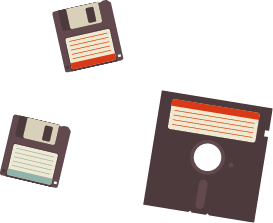
So much has changed since then, like the size and speed of Macs. I was backing up on floppy, zip and jazz disks! Some will know what these are and wonder how we managed. I can’t say it’s been an easy journey, running a business is tough and college in no way prepares you for what’s ahead. Maybe that’s a good thing as you mightn’t risk it if you know too much. The speed at which you have to turn work around now is unbelievable – as we speak I got a late Friday email expecting an animated social piece for Monday some time. That’s the norm, it’s modern day business. We are slaves to the technology but I do find myself starting to rebel. I run from social media, my kids laugh at my lack of interest in the array of social platforms. Some day in the not too distant future I will put it all aside but I have one key piece on the to do list that I have to take care of first – the modern day equivalent of my A3 portfolio.
There’s no doubt to be a successful studio, you need to immerse yourself in your clients and their businesses. A lot of times to the detriment of promoting your own business. That has certainly been the case for ourselves. We’ve lived by the mantra of partners not clients and I’m so thankful for the wonderful businesses we have worked with and the friends we’ve made over the past two and a half decades. I was also very conscious of there being no record of who and what we’ve been doing for those years. On a personal level I wanted to step back a little, slow down, take a breath and just reflect on what we’ve been doing. The portfolio that was so much a part of me and getting the business up and running was virtually non-existent. Why work so hard in a creative industry and be afraid to show it?
To be honest I did become a little obsessed with it. I drove the design team a bit bonkers to the point where I overheard, ‘sure he’ll never be happy’ or ‘why not do it yourself’. Even my wife, our Financial Director, was giving me a hard time.
“You are always busy, why do you need a website” – no one really understood what or why I needed this.
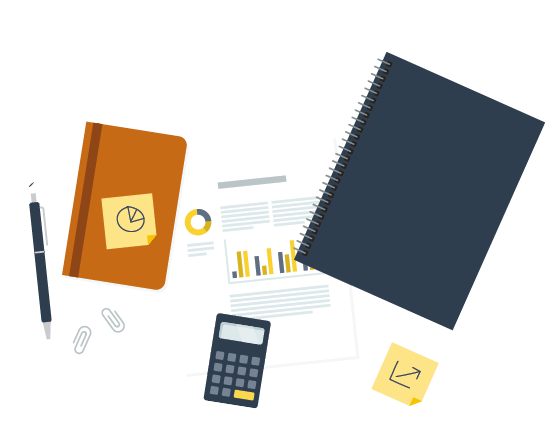
Being totally honest, I have found running a ‘creative business’ very tough. The tension between those two words pretty much sums it up – the creative part I love, the business part I don’t. I would say a lot of creatives would mirror this, our brains may not be wired correctly in terms of the vitally important business functions. I was fortunate enough to marry an accountant, my saviour in so many ways. The portfolio or the website was a reconnection with why I got involved in this in the first place. Do I want to look at a set of brand guidelines or a set of financial accounts – there’s no competition.
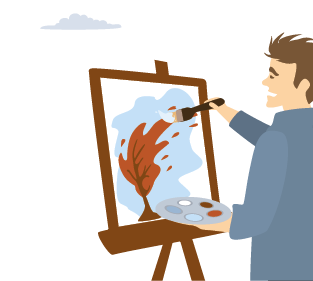
Do it right and the portfolio tells anyone looking at it a bit about you or your organisation, we call it our LDNA. We wanted it to be honest and true to who we are. Genuinely a business that was focused on our clients – hence the lack of a real digital presence until now. I believe one that has punched above our weight in terms of size and where we come from. We’re proud of our roots but we’re not afraid to tackle the big projects. Clients seem to like the idea that they’re dealing directly with the person working on their project. They become partners and friends, not clients. We’re not into jargon and awards, we put action above theory and I hope that people see that in our work, be that a prospective client or a young designer. It shows the depth of knowledge we have in our clients from kitchens to the GAA. You need to go this deep to do our job correctly.

I’ve always told my team, you’ll leave here a better designer than you come in. Think about your work as a portfolio piece, will it be something you’ll proud to show to someone else in the future. The first effort might be a good piece of work but take it to another level, that’s what clients have come to expect from us.
We’ve started here with 12 pieces, I had 50 in my original plan but that quickly got sidelined. What is here I’m proud to say has been a team effort at all times. Only 38 more case studies to go!
Walking up Great Victoria street with just a rucksack I could have been any student, but with a blue plastic folder I was an arty farty and proud of it. It’s coming everywhere with me now, virtually.
